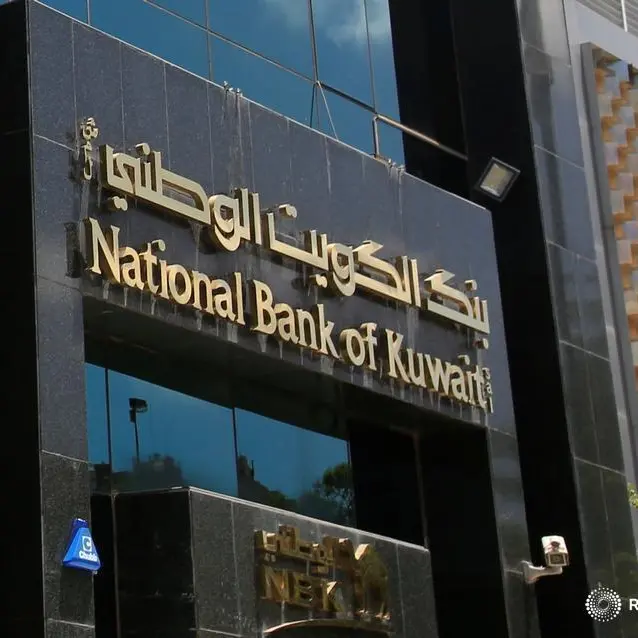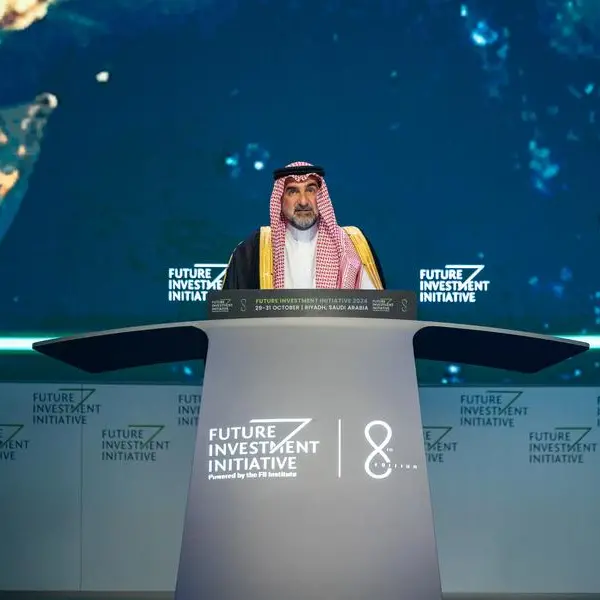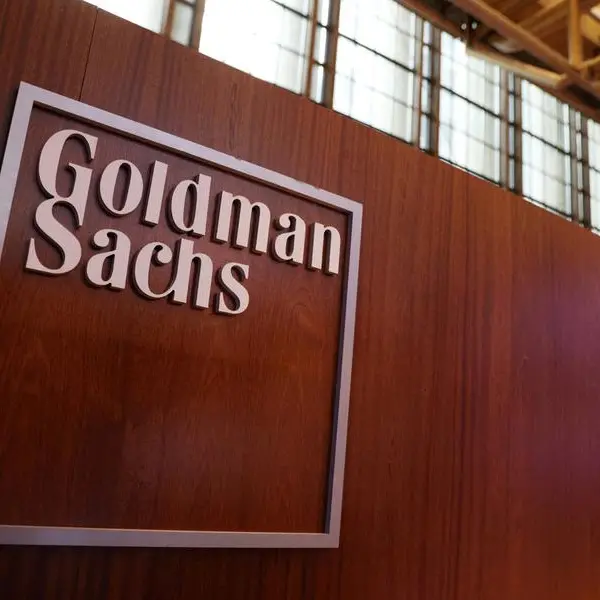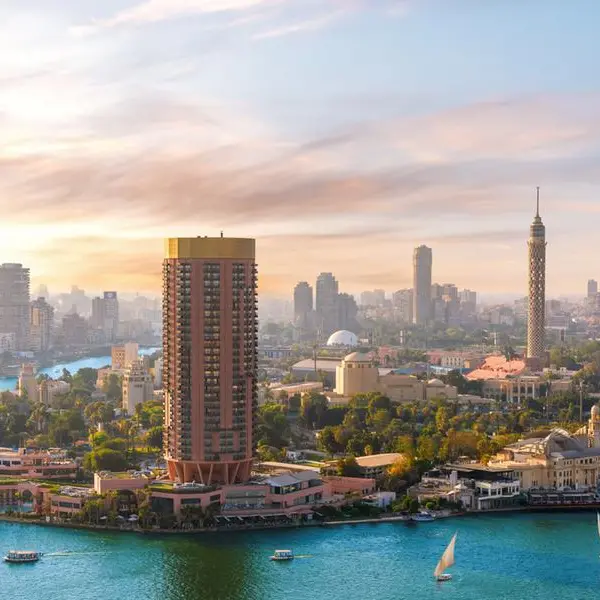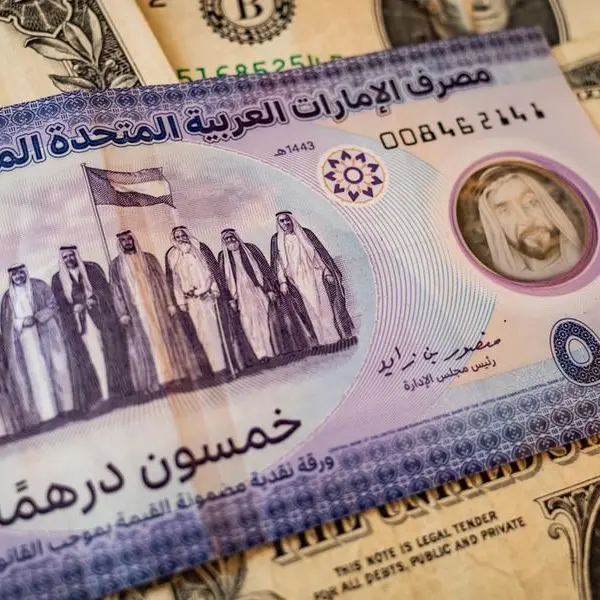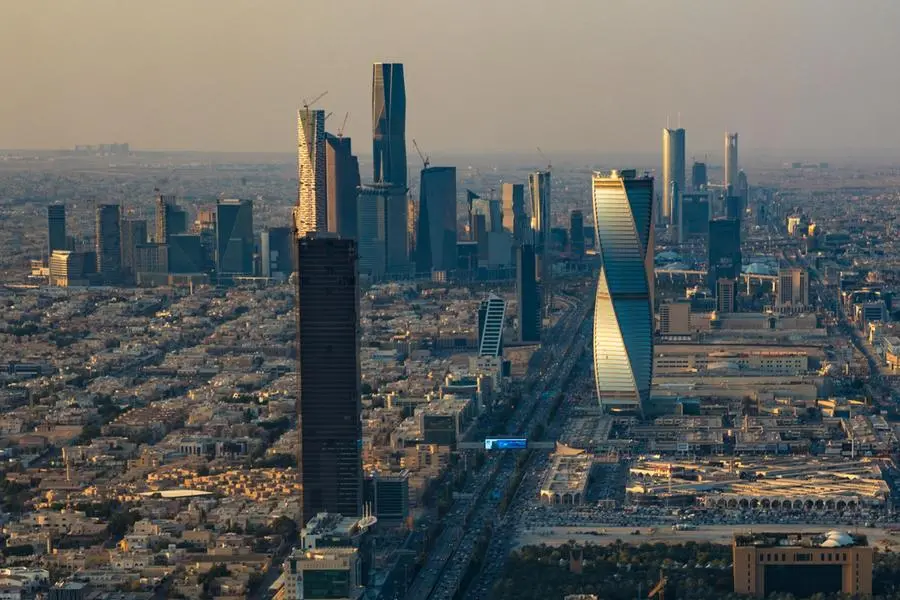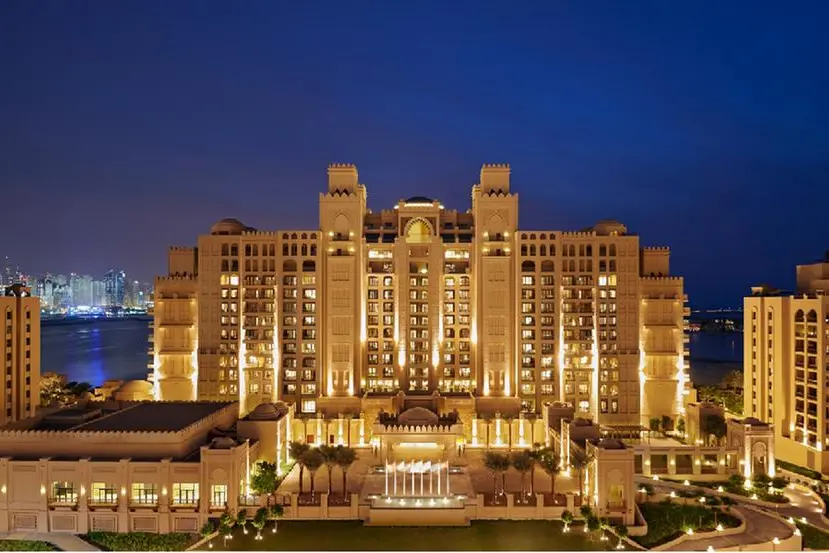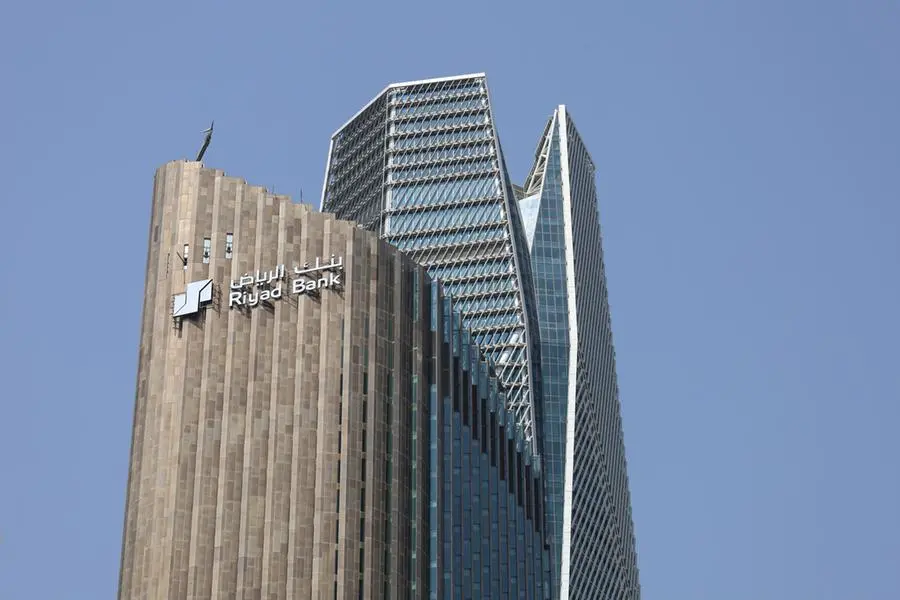PHOTO
NEW YORK - Major developing economies are expected to see net capital inflows this year rise by nearly a third to $903 billion, though much of that hinges on global growth holding up, a banking trade group report said.
The 32% net increase is expected to be mostly driven by a strong recovery in foreign direct investment and by cash directed at equity portfolios, said the report published by the Institute of International Finance (IIF) which covers 25 countries across emerging markets, including China, India, Russia and Mexico.
Even as global growth, seen at 3.1% this year, is forecast to be below the 3.8% average through 2000-2019, "a global 'soft landing' scenario makes for a positive picture for capital flows to EMs," said the report, which was published late on Wednesday.
"Global trade has also shown signs of a modest recovery in the past few months, driven by a pick-up in EM trade volumes."
Capital flows are a component of a country's balance of payments, alongside the current account balance and changes in reserves. Non-resident capital flows consist mostly of foreign direct investment (FDI) as well as portfolio investments into stocks and bonds.
Net inflows of FDI are projected to jump to $426 billion in 2024, while net flows into foreigners' portfolios could hit $259 billion, from $161 billion in 2023, as China, a massive source of outflows over the last two years, modestly recovers.
The report's universe includes six economies each from Emerging Europe, Latin America and Africa/Middle East, and seven from Asia.
Across other geographical regions, robust growth and solid macro fundamentals will drive a rebound in foreign capital flows to Asia excluding China.
JPMorgan's inclusion of India in its benchmark local currency bond index, which is due to begin next month, "could lead to additional inflows into local currency-denominated government debt and bring down bond yields, while also providing some support for the rupee," the IIF report said.
FDI outflows from Russia are expected to continue, but net flows will be positive in Emerging Europe partly due to an increase in FDI flows to Hungary.
In Africa and the Middle East, the IIF estimates $149 billion in net nonresident capital flows, compared to $115 billion last year, with net outflows of resident capital expected to moderate as well.
Egypt, Saudi Arabia, and the United Arab Emirates should account for 80% of the region's inflows according to the report. Abu Dhabi's sovereign wealth fund agreed in February to a multi-billion deal for the rights to develop a project on Egypt's Mediterranean coast, and as much as $150 billion in additional work is on the line.
Across the Atlantic, the IIF report projects strong inflows to Latin America this year and in 2025.
"The region continues to benefit from its status as a global commodity producer, its strategic location away from geopolitical conflicts, robust growth in major trading partners, and nearshoring opportunities stemming from global supply chain reshuffling," according to the IIF.
RATE CUTS NEEDED
The IIF inflow projections to emerging economies rely on an acceleration in economic growth from EMs, coupled with "significant" rate cuts in the developed economies.
The IIF's base case points to inflation easing in the U.S. in the second half of this year, with a view of a 25-basis-point interest rate cut from the Federal Reserve later this year, and a 3.7% policy rate by the end of next year.
The first Fed rate cut is narrowly priced in for the September policy meeting, according to CME Group's FedWatch Tool.
"For the euro area and the United Kingdom, we expect rapid progress toward the inflation target, with the first cut in the policy rate in either June or July," the IIF said.
(Reporting by Rodrigo Campos; Editing by Paul Simao)

